N-Heterocycles as Promising Antiviral Agents: A Comprehensive Overview
- PMID: 38792094
- PMCID: PMC11123935
- DOI: 10.3390/molecules29102232
N-Heterocycles as Promising Antiviral Agents: A Comprehensive Overview
Abstract
Viruses are a real threat to every organism at any stage of life leading to extensive infections and casualties. N-heterocycles can affect the viral life cycle at many points, including viral entrance into host cells, viral genome replication, and the production of novel viral species. Certain N-heterocycles can also stimulate the host's immune system, producing antiviral cytokines and chemokines that can stop the reproduction of viruses. This review focused on recent five- or six-membered synthetic N-heterocyclic molecules showing antiviral activity through SAR analyses. The review will assist in identifying robust scaffolds that might be utilized to create effective antiviral drugs with either no or few side effects.
Keywords: N-heterocycles; antiviral activity; antiviral drugs; viral diseases.
Conflict of interest statement
There are no conflicts of interest.
Figures

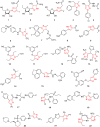



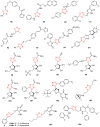



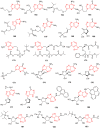
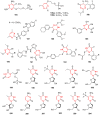
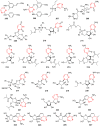






References
-
- Arora P., Arora V., Lamba H., Wadhwa D. Importance of heterocyclic chemistry: A review. Int. J. Pharm. Sci. Res. 2012;3:2947–2954.
-
- Gribble G., Joule J. Progress in Heterocyclic Chemistry. Elsevier; Amsterdam, The Netherlands: 2009.
-
- Dua R., Shrivastava S., Sonwane S., Srivastava S. Pharmacological significance of synthetic heterocycles scaffold: A review. Adv. Biol. Res. 2011;5:120–144.
-
- Saini M.S., Kumar A., Dwivedi J., Singh R. A review: Biological significances of heterocyclic compounds. Int. J. Pharm. Sci. Res. 2013;4:66–77.
Publication types
MeSH terms
Substances
LinkOut - more resources
Full Text Sources
Miscellaneous

